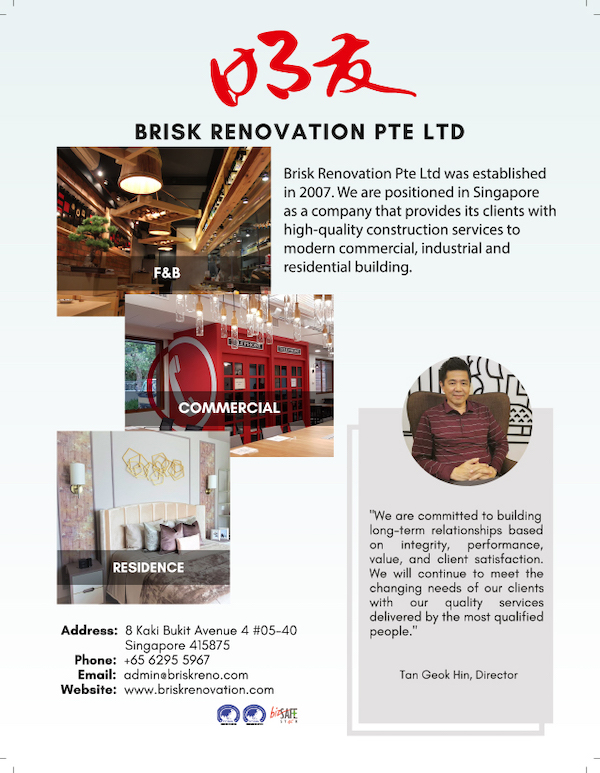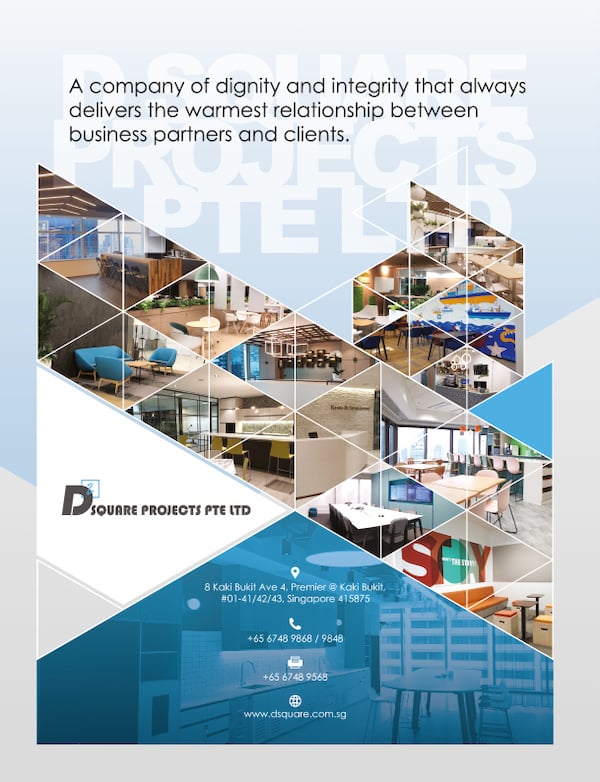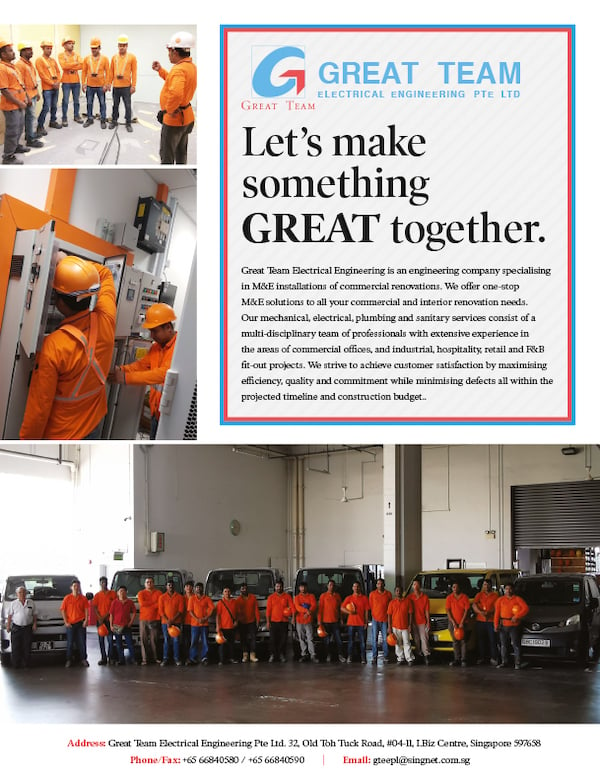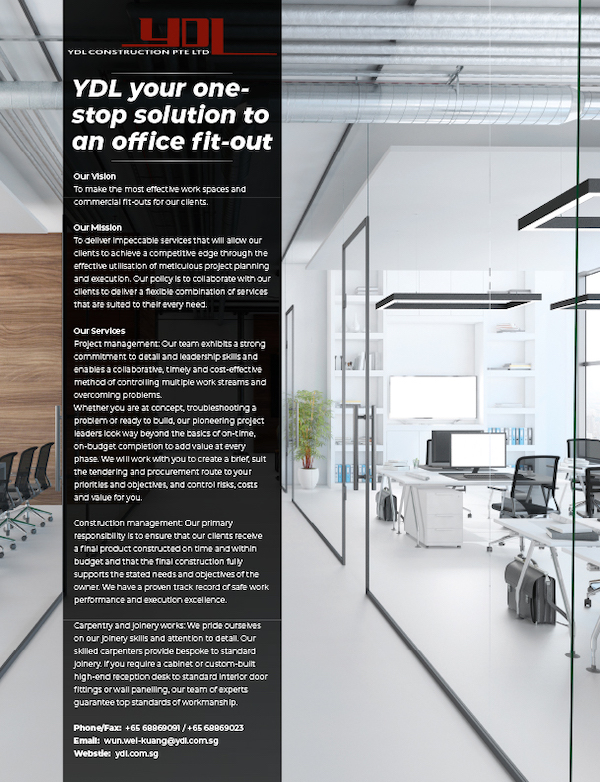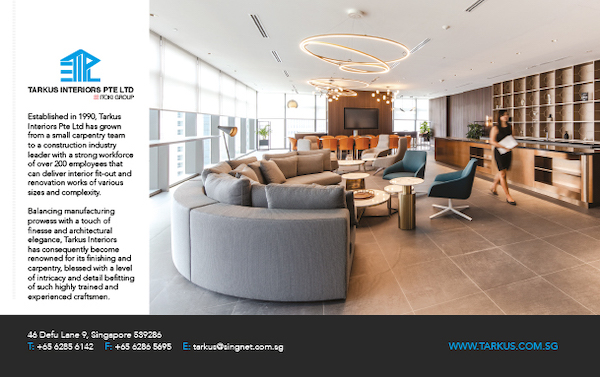What if? It’s a simple question Stephen Lyon often asks, sometimes pondering on his own, other times collaborating with his M Moser team in Singapore. The ‘what ifs’ are what inspires the workplace design company to go beyond the imagination to create stunning and unique working environments across the world.
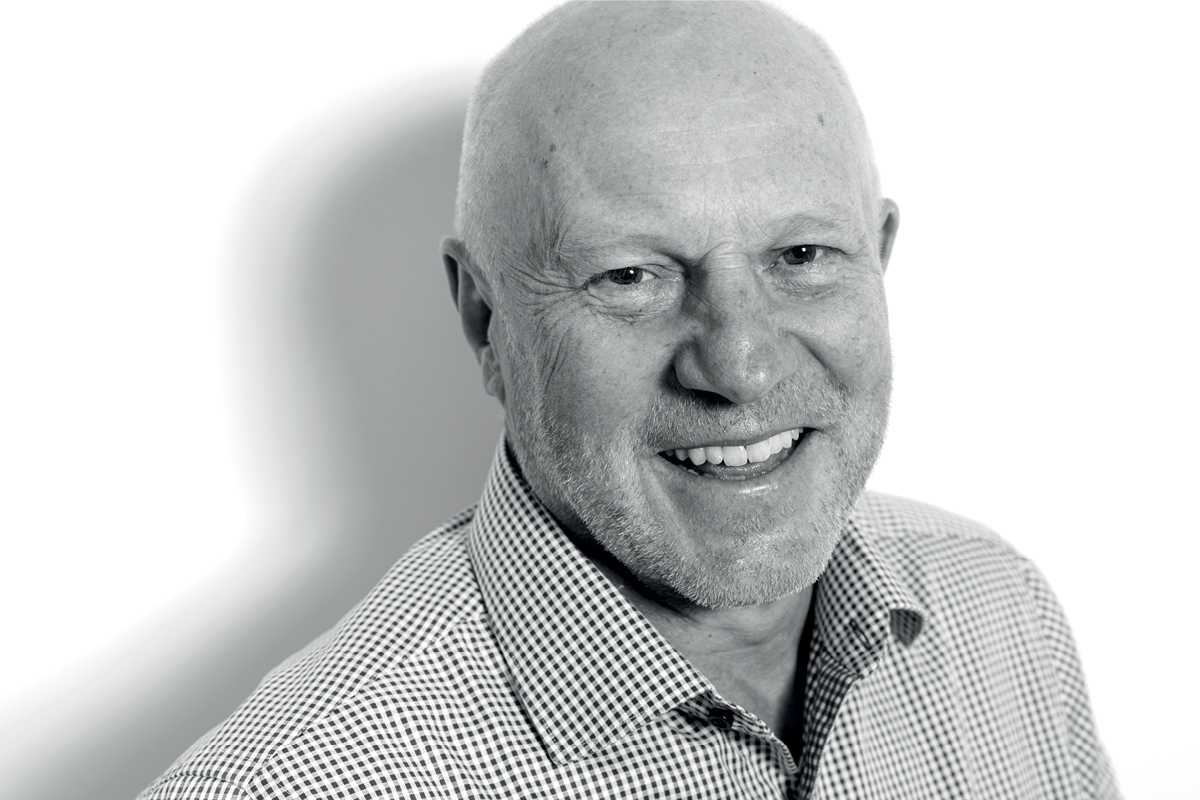
Then, of course, there’s the dissertation Stephen completed in 1996 for his master’s in project management. A paper that peeked into the future with extraordinary insight. Stephen’s hypothesis centred around the office of the future.
His theory was that people would stay at home to work and go to the office to socialise. Considering it was the 90s, when working remotely wasn’t common practice, Stephen’s conclusion was bold. Not to mention right on target.
“Yeah, I don’t know why I came up with that idea, but many of the things I researched then have come to fruition,”
he says. “People are finding other places to produce what they have to and offices are becoming more social environments.
“People are finding other places to produce what they have to and offices are becoming more social.”
“I look at my kids. They’re either at their desks in their rooms or sitting at my bar in my living room doing their homework. Then they may be lying on the sofa watching a movie on their iPad. They’re used to choosing the environment that suits them best for each activity. As long as they’re connected to the internet, they can work or relax anywhere.”
Thinking outside the square is where Stephen excels and always has done since he started his career as an architect nearly 40 years ago. He’s a collaborative leader who listens a lot but inputs just as much, and as regional director of M Moser’s Singapore office, heads a team of 90 diverse professionals responsible for creating cutting-edge workplaces.
Globally, the company has designed more than nine million square metres of workplace areas, creating spaces not for plonking people and desks, but spaces where people actually want to hang out, where they feel welcome, creative and productive. And more often than not, a little bit special.
Stephen draws on M Moser’s award-winning Diageo project as an example. The company wanted to reduce the footprint of its APAC Singaporean office, while retaining the same number of staff to promote its global brands including Johnny Walker, Guinness, Smirnoff and Tanqueray.
The company was seeking a more vibrant, innovative feel – a more agile workspace not confined to a room nor a desk, and where clients felt connected to its brands.
That’s why when you walk into Diageo’s, past the small concierge table manned by a hostess to guide you through the almost village-like setting, you’ll see employees randomly scattered, working on laptops collaboratively or quietly in open or private spaces dubbed the Studio, the Living Room or the Store.
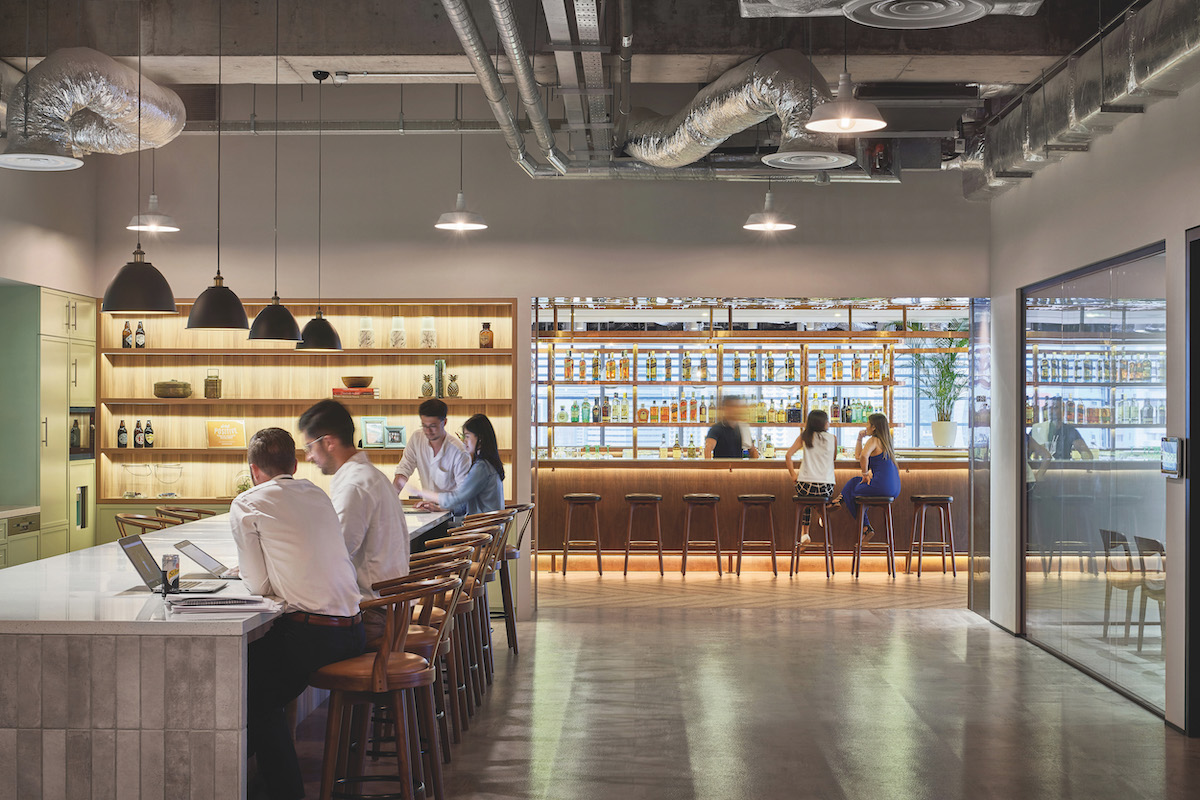
At the heart of the office, commanding spectacular views over Singapore, is The Bar. Described as “a bar you can work in, not a bar at work”, it transforms from a casual work setting during the day to a vibrant social hub at night; a true reflection of Diageo’s business motto, “Celebrating life, every day, everywhere”. It’s also a true reflection of Stephen and his team asking, ‘what if?’
“As a drinks company, they obviously host events and clients, which means marketing their products,mso we wanted to create environmental branding. What if we went to the market and found Diageo memorabilia to incorporate into the space to make it much more personal? What if we did this? We surfed the internet and bought marketing materials used in the past: a Johnny Walker figure, books that were published years ago, things people had collected over the years that we could use as decorative elements to create an extremely personal ambience.”
While M Moser reduced Diageo’s floor space, the lines between work, hospitality, retail and work were effectively blurred to create more freedom and flexibility. Stephen’s own office in the AXA tower offers similar elasticity. Indeed, even the boss had to find a desk for his chat with The CEO Magazine.
“I arrived with my laptop, went and grabbed all my personal effects from my locker and found a desk. When I leave, I’ll put everything back in my locker,” he explains.
“It’s a bit more than hot desking, because we offer different environments for different activities. It’s more about being agile. I’m in a meeting room now because I want this to be a reasonably private conversation, but afterwards I may move to the cafe area to work. We have different areas for different needs, such as a quiet, more private room for lactating mothers, complete with a fridge to store personal items. There’s another fridge full of wine at the cafe for socialising after work.”
M Moser was founded in Hong Kong in 1981, by Stephen’s “sharp as a tack” boss and chairman, Moira Moser. There are 20 global offices spanning four continents and employing more than 1,000 people working with clients in more than 50 countries.
While the company’s global reputation is built on interior design, it’s also taking on more work designing and building from the ground up.
Stephen’s region encompasses South-East Asia, although he has clients with offices in other regions including Japan and Australia who call on M Moser’s team of architects, engineers, designers, strategists, sustainability specialists and construction professionals to revolutionise their working environments.
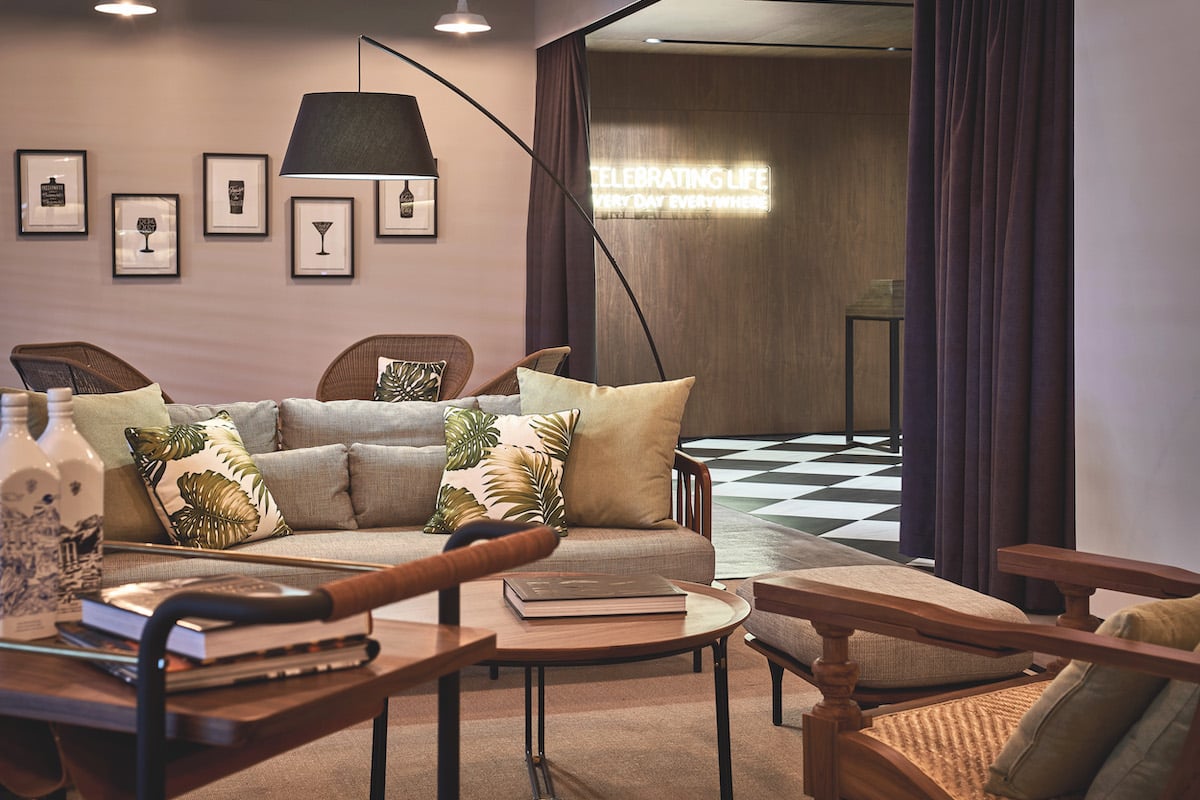
“This isn’t some haphazard team thrown together, either,” Stephen explains. “It’s a group of professionals who work regularly together, sharing ideas, looking at locations, or workspace, discussing feasibility, sustainability and wellness, through to the colour of the last lampshade or piece of wall art. It means clients only have to deal with one person at the head of the team, and information or lessons learned aren’t lost but ready to incorporate into the next project – this is our integrated project delivery approach.”
Workplace planning was a completely different design concept for Stephen. Before joining M Moser a dozen years ago, his career was focused on design-build and management for multinationals, owner-occupiers and property developers in London. It was a passion triggered early in life by his father working in construction.
“I always enjoyed the idea of digging a hole, pouring concrete in it, constructing foundations, building walls, building shapes, space and volume,” he explains. “But by the mid-90s I was becoming a little disillusioned working for developers with lots of speculative work. So I decided to do a master’s degree and go into management, which meant I could work with other designers and manage their output.”
However, a decade later, working in London (albeit on build and design products), Stephen felt he was running out of energy. Business was also slowed by the GFC and with his sights set on Asia, Stephen began to explore other opportunities.
“London is a very beautiful environment but also very controlled, and that was frustrating. Asia was offering more. I also saw it allowing a safer, outdoor lifestyle for my children.”
Stephen jumped at the chance to work in Singapore with M Moser, admitting his thoughts about the future of workplaces hadn’t strayed too far from the dissertation he completed nearly a quarter of a century before.
With Bluetooth more of an idea than a function, Stephen was imagining wireless offices with the social hub of the business creating the essential culture of the organisation. He sensed even then that the inflexibility of an office sporting rows and rows of desks had had its day.
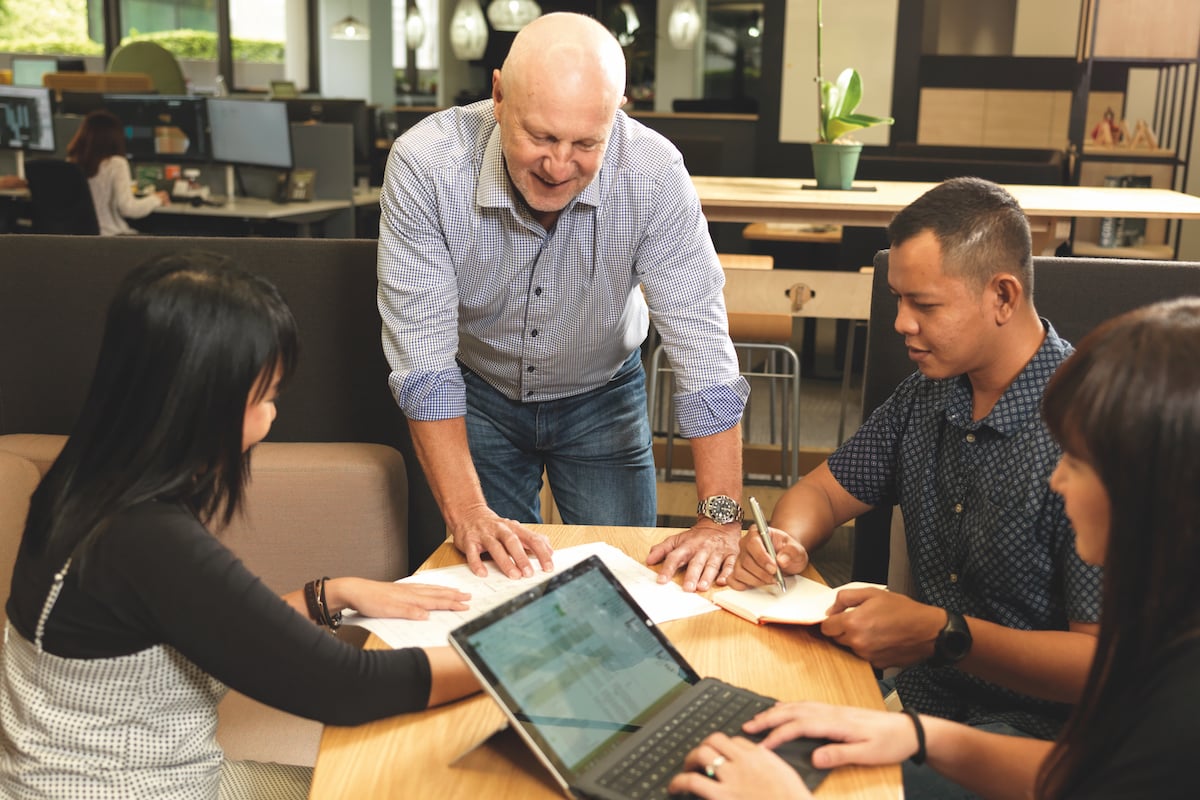
That doesn’t mean to say, Stephen quickly adds, that everyone can have a Google office, although he admits it’s not an uncommon request. While the idea of having a Google office with movie-themed meeting rooms, massage rooms and egg-shaped pods is alluring, Stephen says it’s not always practical. His priority is to establish the company’s culture rather than apply a one-size-fits-all approach.
“Yes, we’ll get clients who will come to us and say, ‘I want a Google office.’ But there are a lot of decisions that will affect ideas, not least of which is time, budget, quality and availability. If you’ve got John Smith and Company wanting a Google office, we have to point out that while that style is relevant to Google, it may not be relevant to them. So they’ll respond, ‘Well, yes, but I want it to look like a Google office.’ That’s when we may focus on the idea of informality and work with the client to refine the brief, make it relevant to them and their company culture.
“We’ll get clients who will come to us and say, ‘I want a Google office.’”
“There’s no point designing something that’s not relevant to their business, because ultimately they won’t see that as good value. They won’t thank you for giving them something that doesn’t work. So, you’ve got to be experienced enough to push back and create bespoke briefs for each individual project. Not everything is lying in a hammock, having blue-sky ideas.”
The delightful appeal of interior design for Stephen is that when he and his team generate their own workable ‘blue-sky’ ideas, with or without the aid of a hammock, the job can be worked on and completed within months, unlike the design and build involved in architecture.
“The process of architecture is long-winded,” he explains. “Somebody has got to find a site, they’ve got to get planning permission, they’ve got to tender the work, they’ve got to get it built. That might be a five- or six-year process, during which you could, for example, spend 12 months arguing with a planning officer over a detail of a site facing a street. Economically and commercially, it wasn’t always beneficial working on new projects or repurposing projects that were taking too long. It could get very dull. I’m not that patient.
“Working with interiors is much more exciting. From start to finish, you design, build and move in, in less than six to 12 months. I like that fast pace.”
Despite many of us still working in more traditional working environments with fixed desks and just a kitchen in which to socialise, Stephen insists that nothing lasts very long in interiors.
The market is influenced by fluctuating trends affecting numerous industry sectors, from hi-tech companies demanding state-of-the-art, casual designs, to pharmaceutical companies developing world-busting drugs and having the budget to refurbish to more modern features. According to Stephen, they all have one thing in common.
“They all want to attract the right people, the right employees and the right clients, and retain them,” he says. “So they’ll spend the money and roll out the designs to their offices all over the world.
“We always bring a fresh approach, always original and always listening. We won’t regurgitate anything. People look at our portfolio and say, ‘That’s the high quality expected of M Moser but it’s not a copy of previous work.’ That is not always the approach taken by other notable practices.”
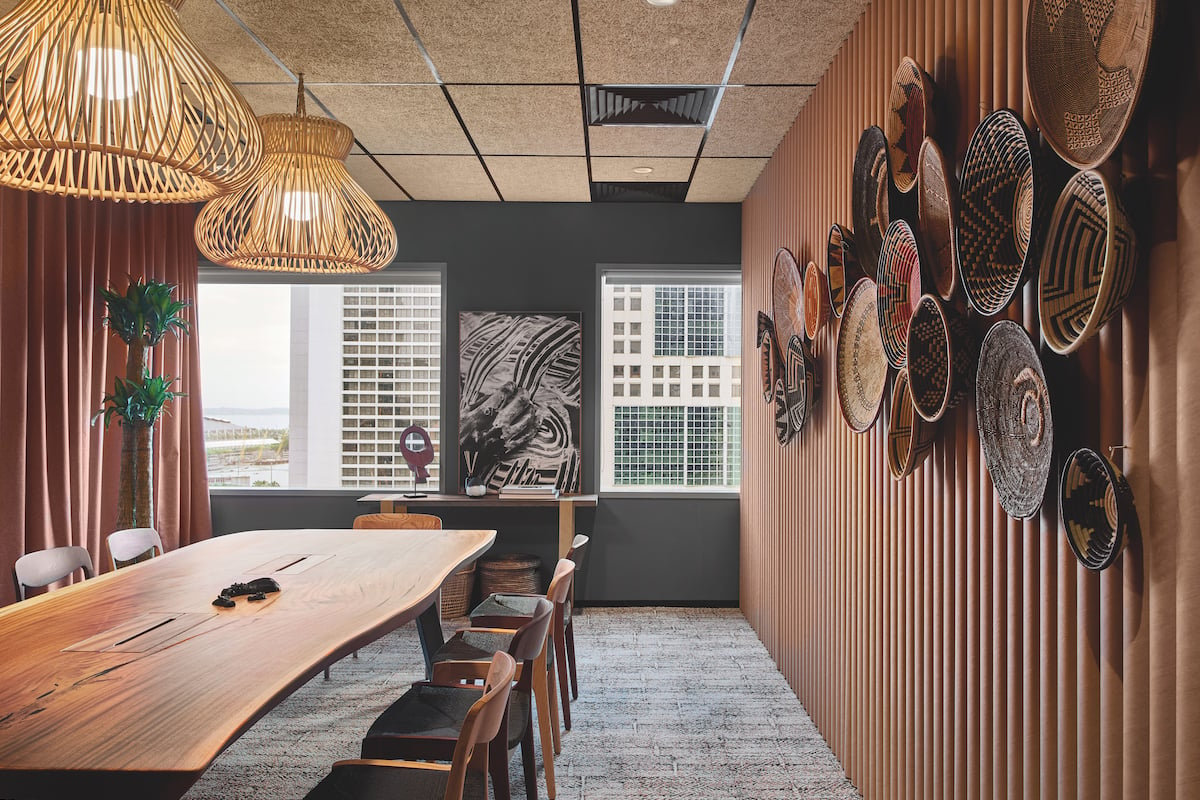
Sustainability and wellness is also a huge priority for M Moser, whether designing green buildings from scratch, or converting existing workplaces into healthier environments offering the benefits of better air quality, improved lighting, fresh food, ergonomic seating and clean water.
M Moser has completed more than 140 green projects, and employs specialist architect Christine Bruckner to focus on best practice, sustainability and wellness in design. She holds green building certifications including LEED (Leadership in Energy and Environmental Design) and Hong Kong’s BEAM (Building Environmental Assessment Method) and was involved early with the International WELL Building Institute.
Last year, M Moser’s global offices eliminated single-use plastics and introduced air quality monitoring. “We’re leading the way in wellness, constantly pushing the boundaries,” Stephen says.
When Stephen’s not at work, he’s committed to bringing the best out in his two sons, Daniel and James. His wife, Wendy, passed away in 2017, leaving him a single dad to his boys, now aged 13 and 11. It’s a role he’s embraced, along with its challenges.
“We’re on our own now, just boys in the family and obviously that’s a huge shock when it’s forced upon you,” he says. “But it’s nothing you can’t get used to and I’m very lucky to have live-in help, which means I don’t have to do any of the domestic chores. My job is to give them direction and make sure they’re safe, but they are always challenging, ‘Dad, can I do this? Dad, can I do that?’ and often the easy answer used to be, ‘Well, go and ask your mum.’
“Now it’s me making all the decisions and always me giving the bad news that they can’t do something. But they’re also at a nice age where they’re throwing things into the conversation and that’s fun. We tend to do boys’ things, and they are both good cooks.”
Those ‘boys’ things’ include golf, rugby, skiing and cycling, or in Stephen’s case, climbing mountains – a favourite pastime apparently and one he slides casually into the conversation as if it’s the most normal thing in the world to scale Kilimanjaro or Mont Blanc. Or multiple other smaller peaks at just 4,000 metres. It equals his passion for ski touring, reaching the top of a peak, then skiing down.
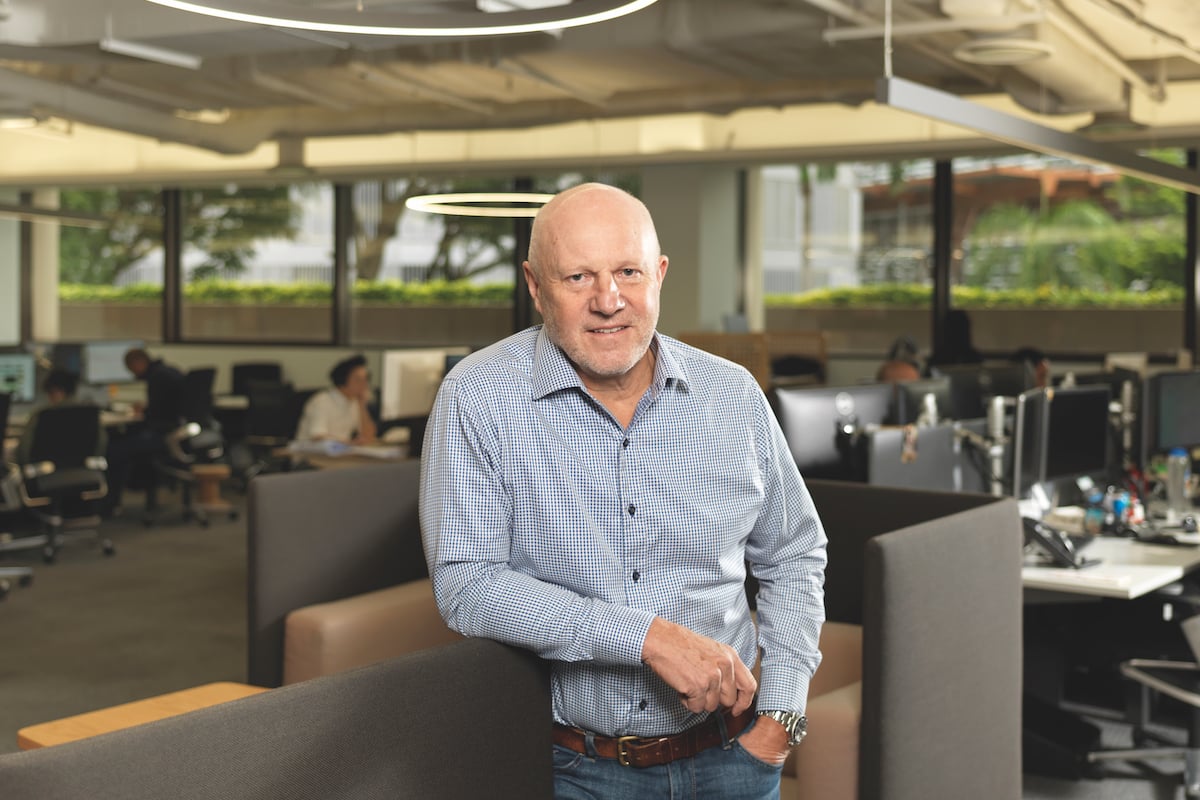
Clearly, he’s not one for sitting on the beach. “No, I’m not,” he laughs. “Yeah, climbing a mountain, propelling yourself up under your own steam without lifts and then skiing down, it’s good fun and I’d like to do more. My kids are confident skiers and hold no fear even high up on the mountains, whether they’re walking or skiing.
“I have no desire to climb Everest. I don’t feel any need to go that high. I know people who have done it and it’s just a slog. In my mind, the risks associated with going that high outweigh the benefits. You can get just as much exhilaration from climbing a 5,000-metre peak as a 9,000-metre one. Maybe if I was 30, but I’m not.”
It’s doubtful, however, whether Everest would have got a look-in during Stephen’s younger years, busy as he was getting his adrenalin rush from racing sports cars. Describing his two-seater Caterham 7 as a “very competitive grownup go-kart”, he spent five years racing around tracks throughout Europe “scratching an itch” he’d always had for speed.
“I don’t know where it came from, but I have always loved speed,” he reflects. “I spent my formative years in Yorkshire and my mates and I would hire a car and follow the rally drivers racing around muddy tracks in the forests. That sort of kickstarted my interest in motor racing. Then, when I settled into my career and had a bit more disposable income, I started racing the Caterham 7s. Of course, at entry level it’s relatively affordable, but obviously once you start to move up, into the higher categories, it gets very expensive, so I left it behind. But it was great fun.”
Even more fun, according to Stephen, is drifting across a frozen lake. At speed. In a Porsche 911. It’s the first idea to pop into his head when asked about his bucket list.
“Yes, well I’ve got my healthy bucket list, and then my petrol-head one. I’d love to learn more car skills and drive a Porsche across a frozen lake, drifting sideways. You can have a lot of fun doing that in a controlled, safe environment. However, in these days of climate change, I am not sure that I should be doing this, from an environmental perspective.”
Along with Stephen’s thirst for fun and adventure is a strong commitment to helping others – in particular, underprivileged communities. He supports an orphanage with friends in Cambodia, has raised money cycling through South Africa with his brother-in-law, and for three years has completed the gruelling MIPIM 1,500-kilometre charity ride from London to Cannes with colleagues from the M Moser London office.
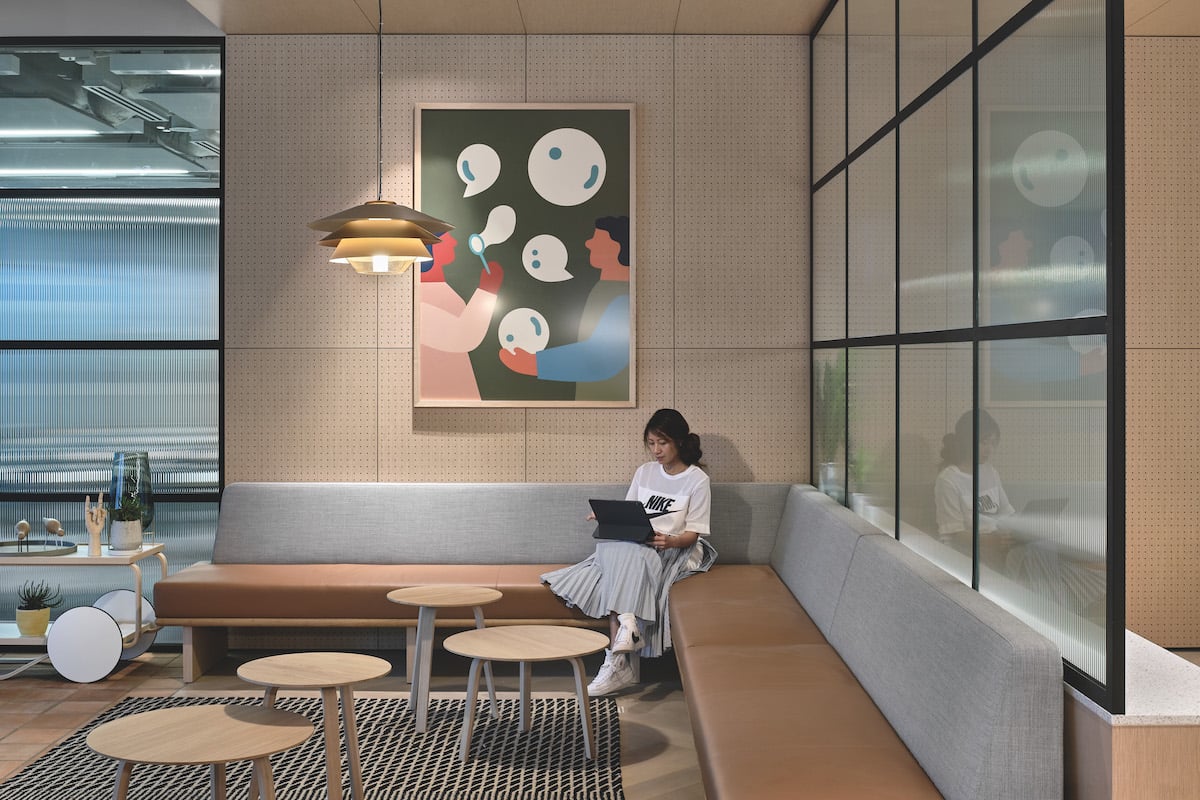
“We’ve raised a bit of money over time, which is nice,” he reflects. “I’d like to do more: some more bike rides and build some homes in Cambodia with my children. I want to give back, be a bit philanthropic. So I guess I have a mixture of stuff on my bucket list.”
“I want to give back, be a bit philanthropic. so I guess I have a mixture of stuff on my bucket list.”
In the meantime, Stephen is looking to the future of M Moser. He appreciates that his company boasts an impressive track record working with multiple industries in multiple sectors, reflecting different designs and needs, and attributes much of that to the basics of M Moser’s hiring policy.
Stephen explains that the company doesn’t restrict itself to just filling vacant roles; it focuses more on sourcing great talent. “We’re shrewd in that respect,” he says.
“First and foremost, you secure the talent, then you put that talent where they want to be and can best contribute. For example, if I spot a talented designer, but don’t have a role available here in the Singapore office, I would find a role elsewhere, maybe in another country, just to get that person on board.
“We also tend to let people find their own way. We don’t just throw someone on a project, we get them to meet other directors in other offices to talk about opportunities and finding their own niche. Over time, they settle in to do exactly what they like and what they’re best at.
“It’s a very different hiring mindset and is certainly a smarter way of working. It’s all very well hiring talent but you’ve got to make sure they’re motivated as well. That’s what we do to stop people becoming stale.”
Stephen is far from being stale. He talks about his company with the same enthusiasm he exudes for climbing mountains and skiing back down. However, unlike the more solitary focus required for scaling peaks, Stephen thrives on the daily interaction he shares with people at work.
“No two days are the same,” he enthuses. “I meet so many people from so many cultures wanting to work together in an environment that appeals to all of them. We are constantly creating and sharing ideas. That’s what inspires me. That’s what drives me. That’s what I love about my job.”
Proudly supported by:
